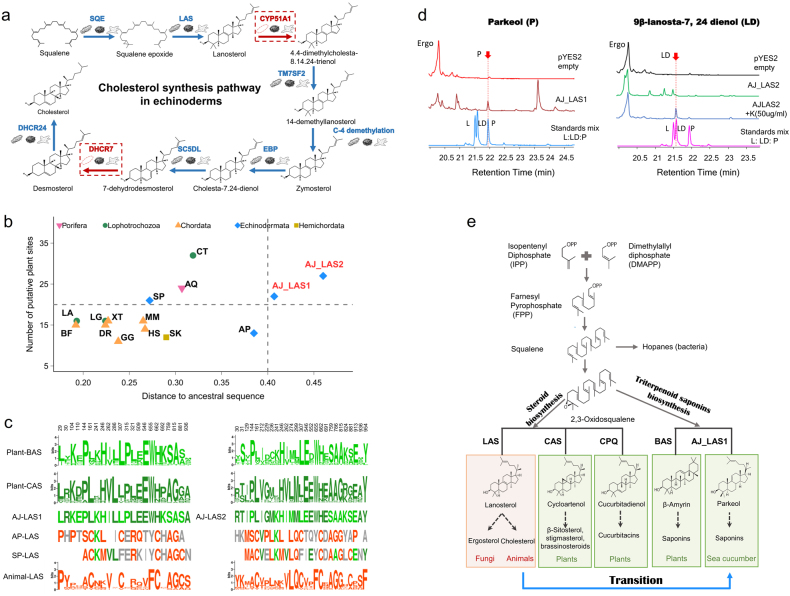Fig. 3. Saponin biosynthesis and convergent evolution of LAS genes in A. japonicus.
a Gene representation of the canonical animal cholesterol synthesis pathway in the sea cucumber genome. The sea cucumber lacks two genes, Cyp51 and Dhcr7, suggesting that it might have lost its de novo cholesterol synthesis ability, consistent with the previous observation of extremely low cholesterol content in sea cucumber50. b Evolutionary analysis of the lanosterol synthase (LAS) genes in sea cucumber and other animals. Compared to the inferred ancestral bilaterian LAS sequence (see Methods for details), LAS1 and LAS2 in sea cucumber show the highest sequence divergence and possess more putative plant sites than most other animals. c Overview of plant-like motifs in the sea cucumber LAS sequences and comparison with those of the animal consensus LAS sequence and plant consensus BAS and CAS sequences. The plant-like motifs in the sea cucumber LAS sequences are not present in sea urchin and starfish, suggesting the de novo acquirement of these motifs in the sea cucumber lineage. d Product determination by yeast expression of sea cucumber LAS1 and LAS2. Contrary to the general expectation that animal LAS produces lanosterol, neither sea cucumber LAS1 nor LAS2 produces lanosterol. Sea cucumber LAS1 produces parkeol (previously identified as the triterpene precursor of sea cucumber saponins;51), whereas LAS2 produces 9β-lanosta-7, 24 dienol. e Summary of the pathways leading to saponin biosynthesis and steroid biosynthesis. In contrast to the plant kingdom, saponin biosynthesis is rarely found in the animal kingdom19,20. The extraordinary ability of saponin synthesis in sea cucumber is enabled by its modification of lanosterol synthase, which possibly occurred through convergent evolution

